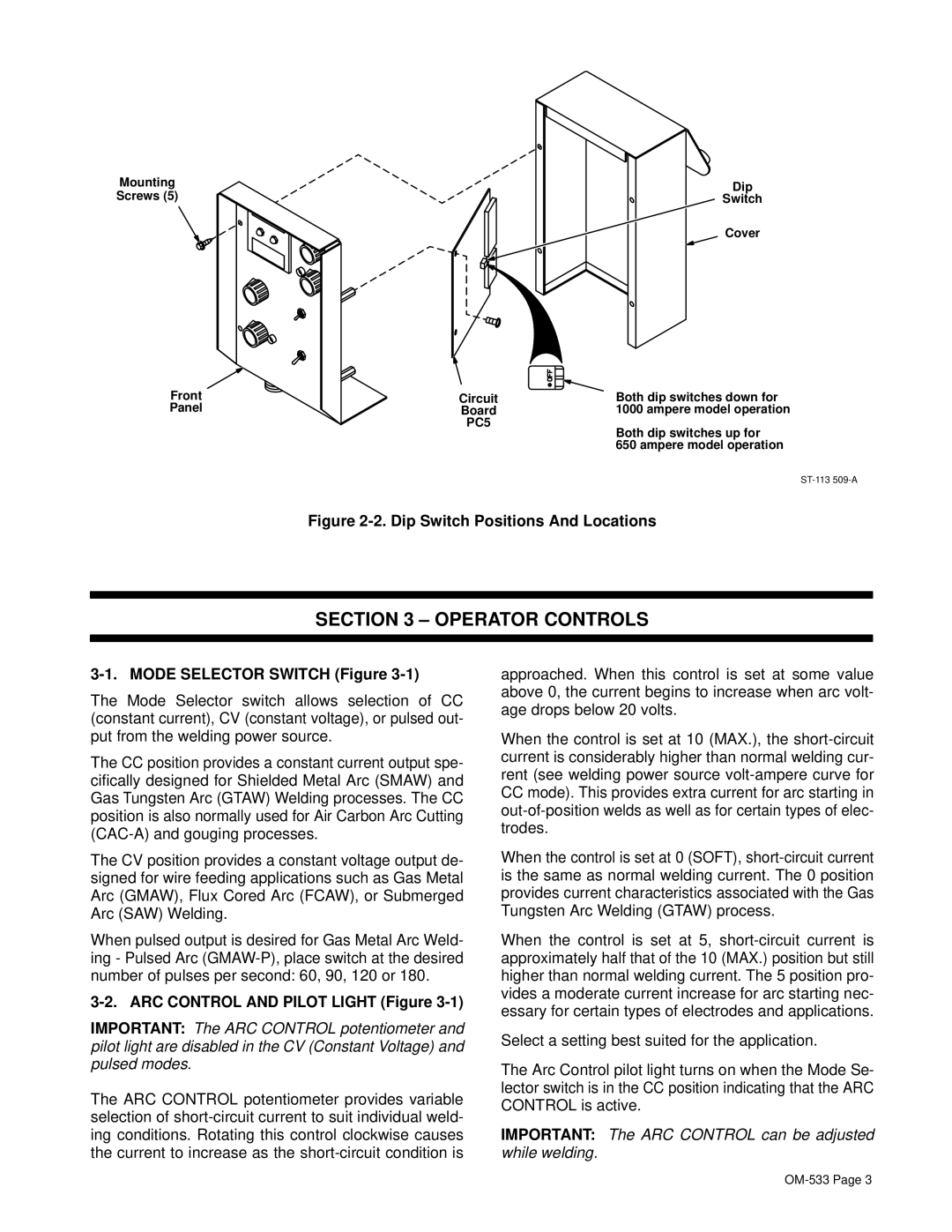RPC-IP specifications
Miller Electric RPC-IP is a revolutionary power distribution and management system designed for advanced welding applications and industrial environments. This innovative equipment aims to enhance productivity, safety, and operational efficiency by optimizing the electrical power supply for multiple welding machines and other high-demand equipment.One of the main features of the RPC-IP is its intelligent power distribution capabilities. It can manage and distribute power to multiple outputs while monitoring real-time load conditions. This makes it ideal for facilities with variable equipment demands, as it automatically adjusts power distribution to ensure optimal performance without overloads.
The RPC-IP is equipped with cutting-edge technology, including an integrated digital control panel that allows users to monitor and manage power usage intuitively. The control panel features a user-friendly interface that provides real-time data on energy consumption, load distribution, and system health. This level of transparency empowers operators to make informed decisions and minimize downtime.
Another notable characteristic of the RPC-IP is its advanced safety features. The system incorporates overload protection, short-circuit protection, and surge protection, ensuring that both equipment and personnel are safeguarded against power-related hazards. Additionally, the RPC-IP is compliant with stringent industry standards, which further enhances its reliability and user confidence.
Miller Electric has also prioritized connectivity in the RPC-IP design. The system supports remote monitoring and control via cloud-based technologies, enabling operators to access data and manage power distribution from virtually anywhere. This feature is particularly beneficial for multi-site operations where consistent oversight and management are crucial.
The RPC-IP is designed with versatility in mind, making it suitable for various applications, from small fabrication shops to large manufacturing facilities. Its modular design allows for customized setups, catering to specific operational needs.
In summary, Miller Electric RPC-IP is more than just a power distribution system; it is a comprehensive solution that integrates intelligent features, robust safety protocols, and seamless connectivity. This makes it an essential tool for any welding operation looking to improve efficiency, safety, and overall productivity in today’s competitive industrial landscape.

